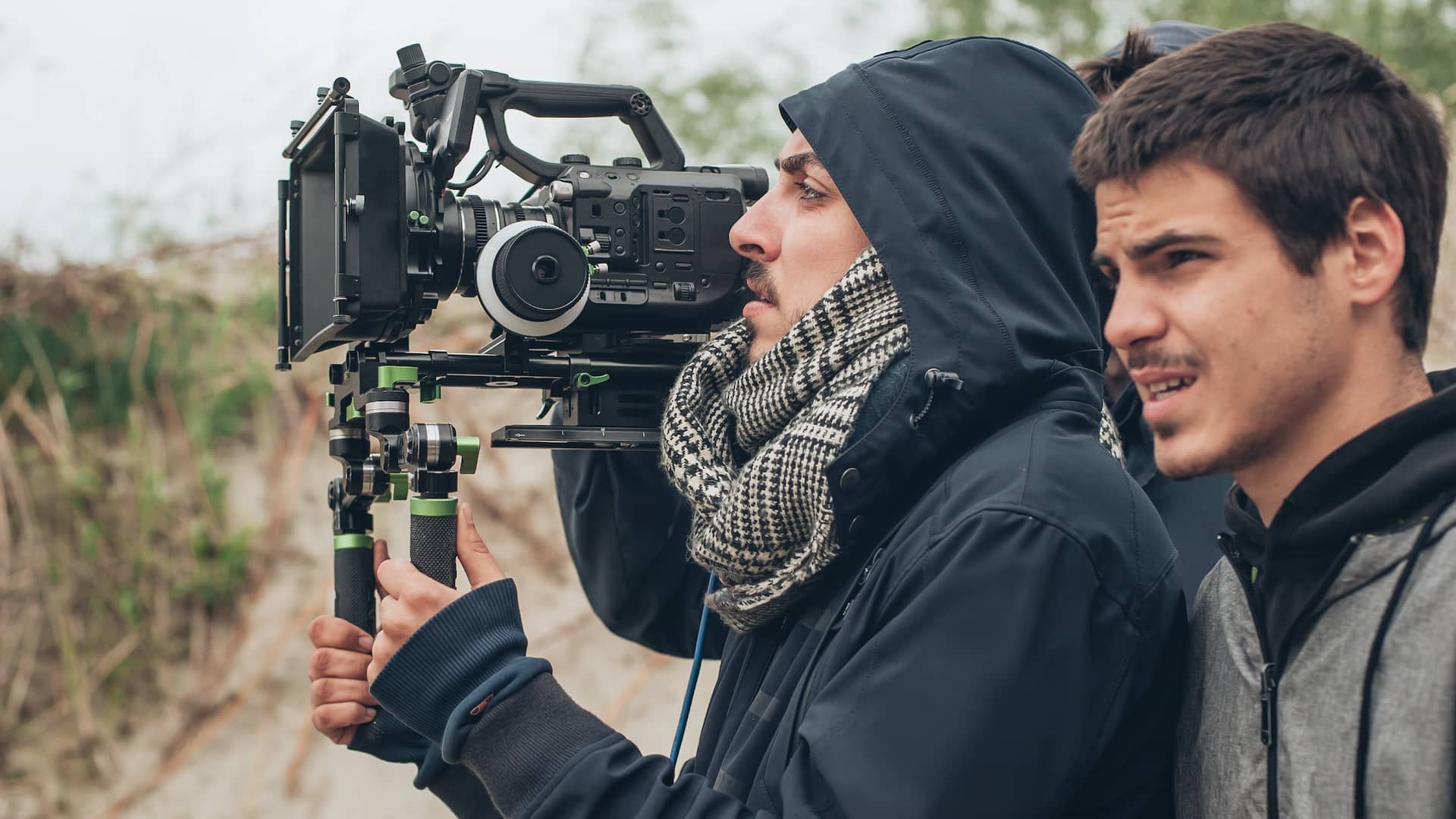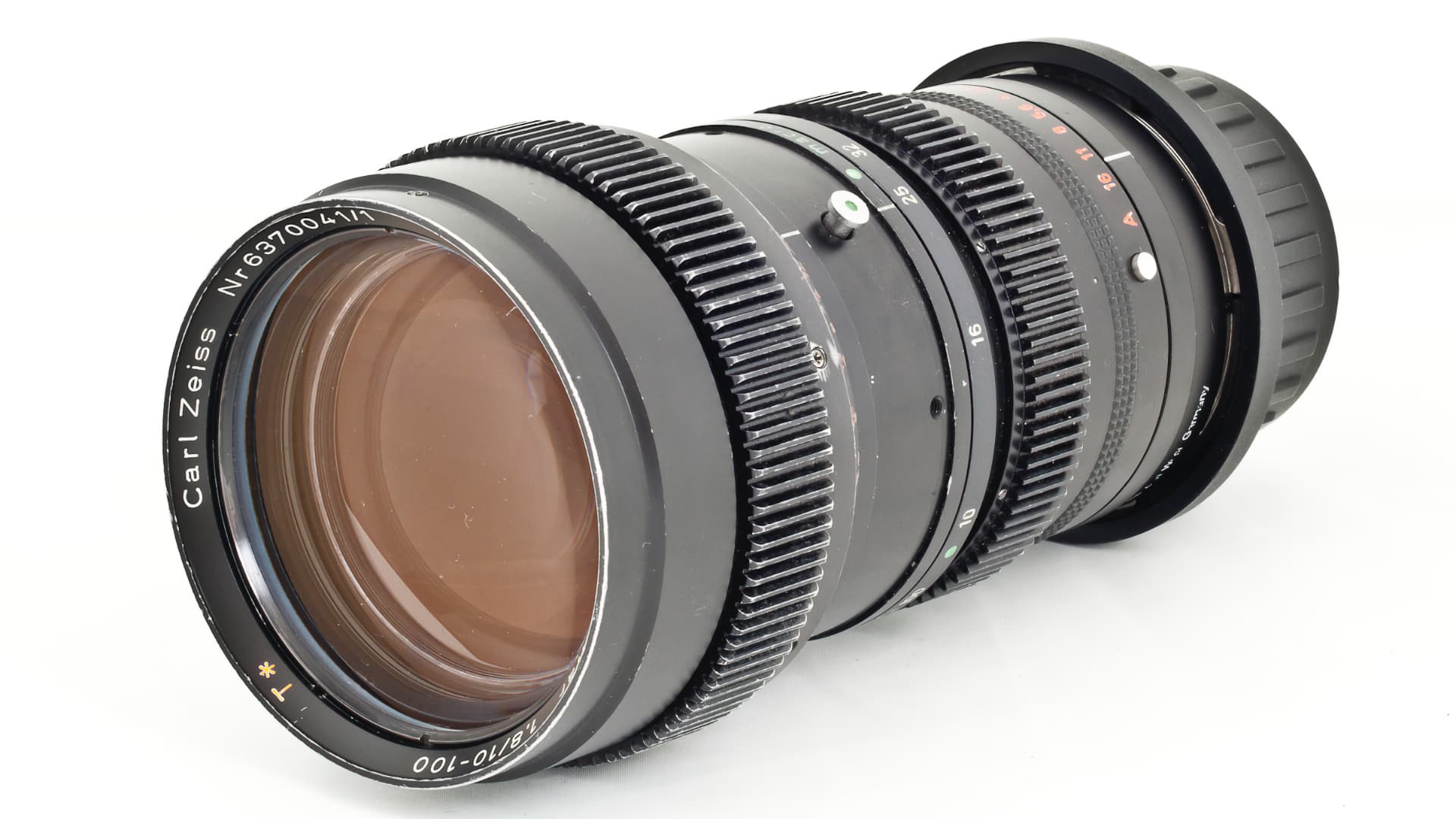
In the second part of our examination of the technology of documentary filmmaking, Roland Denning looks at the tech that enabled the fly on the wall doc.
The term ‘fly on the wall’ was commonly used to describe classic observational documentary, implying observation without intervention. Looking back, it seems those flies made major editorial decisions. The films seem to be doing anything but showing the world as it is (to be fair, few of the cinema verité filmmakers claimed objectivity). Here is a short clip from one of the great exponents of direct cinema or cinema verité (although he disliked both terms) - Frederick Wiseman.
An interesting thing about that clip is just how unselfconscious the participants are. They obviously knew they were being filmed, but perhaps in that era people didn’t quite understand the implications of the camera and microphone pointing at them, not making the connection with a TV programme or movie on the screen, reacting more as if someone was taking stills. Could you make that film today?
To analyse this form of documentary we need to take into account the human subjects as well as the technology. Perhaps the whole concept of ‘fly on the wall’ has changed as everyone now is either too knowing or too suspicious. In the age of pervasive social media people are all too ready to perform for camera, delivering sound bites or TikTok clips - or they refuse to be filmed at all.
24 hours in a fixed-rig camera rental company
Wiseman never claimed objectivity; he says his films are ‘biased, prejudiced, condensed, compressed but fair’. He worked at high ratios, shooting about an hour for every minute of finished film, finding the story through the editing process. Although later working with digital, most of his 45 or more movies were shot on black and white standard 16mm. Wiseman’s films are studies of institutions or organisations (high school, hospitals, the police, mental institutions, the National Gallery) which today might be tackled with a multitude of fixed-rig cameras, like ITV’s 24 Hours In Police Custody. The fixed-rig is now so commonplace that ITV made a spoof trailer for 24 Hours In A Fixed-Rig Camera Rental Company.
But there’s a big difference between the two approaches. For filmmakers like Wiseman, the Maysles or Don Pennebaker, there was a direct and personal connection with the subject. There is no pretence at being objective, they are personal essays, just like this piece I am writing now. That connection between the camera operator and the subject is a crucial one, and it is not replaced by fixed cameras, however many there are.
The art of the shoulder mounted camera
In the first part of this series I discussed how the classic documentary camera evolved by the end of the 20th century – whether it was film or video, it sat on the shoulder, it was relatively lightweight and fast to use, it had a long range zoom lens and sync sound, whether it was recorded on the camera or separately, was a fairly painless process. Let’s go back into that era and look at the techniques that accompanied it – and I am not saying they are superior methods, just that they were the ones that developed alongside the kit.
The camera is by your side – something is happening in front of you and you put it on your shoulder and immediately start shooting. The camera is not light by modern standard but it is well balanced – it sits there without flapping around. Your lens will open up to around T2 so despite having not the greatest sensitivity by modern standards, you have enough light to shoot and that wide stop means you can throw the background out of focus when you are on a long lens.
You have one eye open, one pressed to the viewfinder. Your left hand adjusts the lens rings - focus and aperture, and they work directly, not via servos. If it is a 16mm film camera, the zoom is manual also, but perhaps via a fluid-damped lever, so you can immediately feel where your zoom. You see something in the corner of frame and zoom right into it – your lens has at least a 10-1 ratio, maybe 15-1, so you’ve got a good close-up on the character who has just entered the frame. You lens is parfocal so focus will hold when you zoom out again. You can move fast and maintain a strong relationship with your subject.

The venerable Zeiss 10-100mm T2 Vario Sonnar
There was also always a zoom lens; for 16mm documentary, primes (like Zeiss Distagons) were reserved for low-light situations and I never saw a prime on a Betacam. The world didn’t stop for you to change lenses. Sensors/film gates were small (2/3” or 16mm), meaning fast, large ratio, light, parfocal zoom lenses were feasible whereas they are not for larger formats. We are also, of course, talking about SD rather than HD resolutions.
Shooting for the cut
In the pre-digital days it was rare to have more than one camera, so there was an accepted technique of changing frame sizes and angles to provide cutting points for the editor. Effectively more editorial control was passed to the camera operator: by framing your shot, by instinctively choosing where attention should focussed, you are beginning to determine the shape of the film. That relationship of camera operator to subject if very different if you are working in a multi-camera situation or, say, working with gimbals.
Now in any fast moving situation, additional cameras are a minor extra expense. We can shoot at higher resolution than we intend to deliver and reframe our shots in post. But the changes go much further than that; in the last decade not only has the technology developed dramatically, but our expectations for what documentary can do and should look like have shifted radically too. I aim to examine those implications in the final part of this series.
Tags: Production



Comments